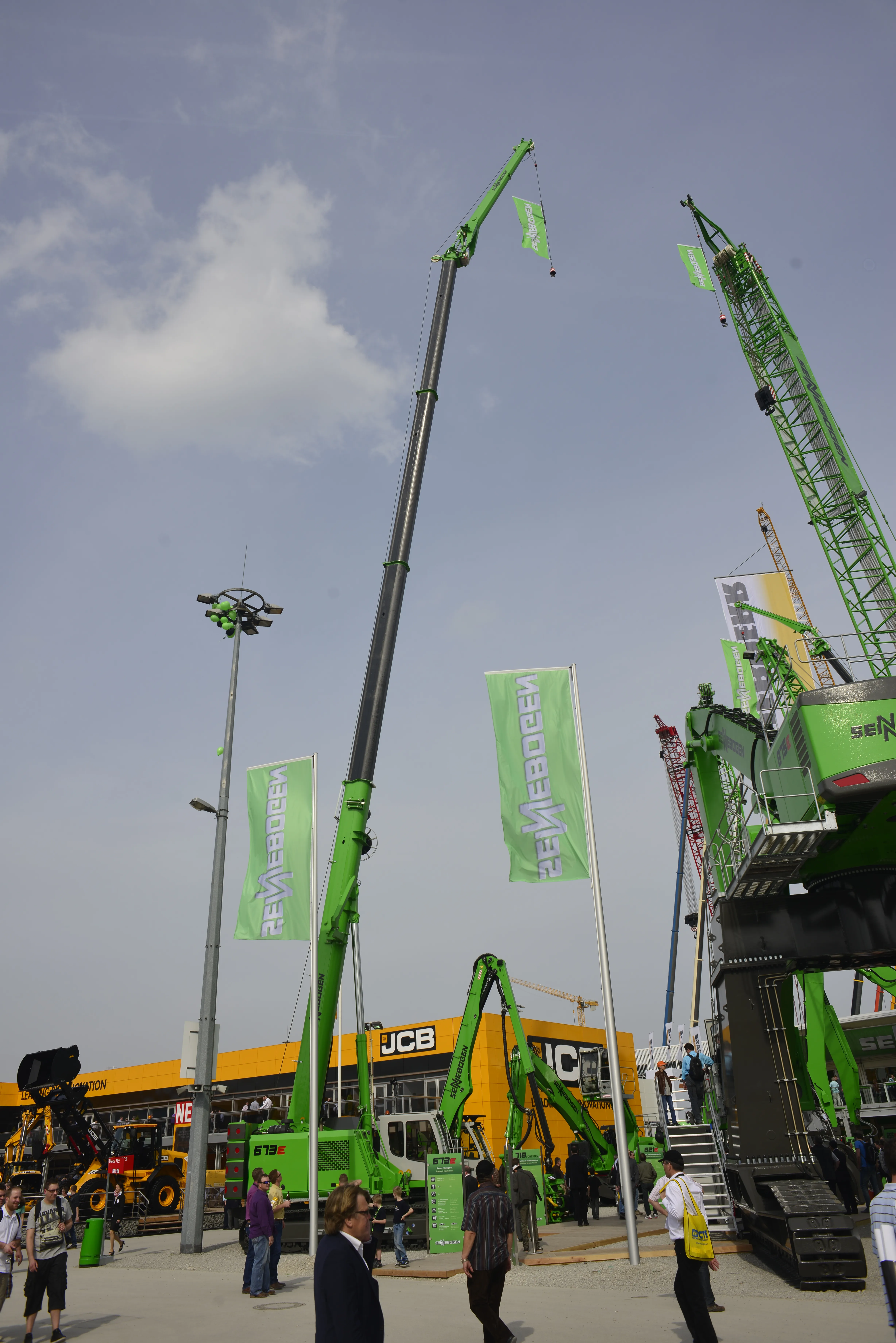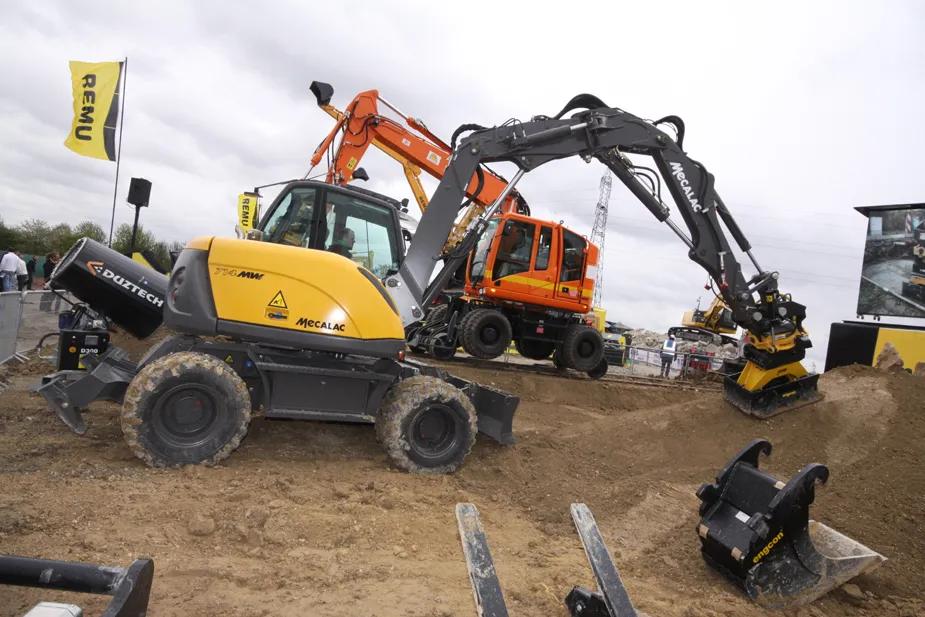The new 673 telescopic crawler crane from Sennebogen is said to be powerful, efficient and stable in operation. The machine offers a lifting capacity of 70tonnes crane while its telescoping boom is said to maximise versatility for an array of lifting applications. The new 673 R-HD is said to be rugged and durable and is the first telescopic crawler crane in the firm’s new E-series. Key features include stability and ease of transport, as well as fast set-up times. For on-road transport the crane is less tha
March 27, 2013
Read time: 2 mins

The new 673 telescopic crawler crane from 2924 Sennebogen is said to be powerful, efficient and stable in operation. The machine offers a lifting capacity of 70tonnes crane while its telescoping boom is said to maximise versatility for an array of lifting applications. The new 673 R-HD is said to be rugged and durable and is the first telescopic crawler crane in the firm’s new E-series. Key features include stability and ease of transport, as well as fast set-up times. For on-road transport the crane is less than 3m wide for carrying on a flatbed. Meanwhile telescoping crawler tracks ensure stability on-site and the machine can work on a slope up to 4°. The compact dimensions come in handy, particularly in narrow working spaces. In addition to its use as a crane, the 673 R-HD can also operate on a working platform rated to bear up to 1tonne. The 36m long boom offers a wide range of lift cycles and can be augmented with a choice of two fly boom versions of 8 and 15, which can extend the maximum reach to 51m. The integrated heavy-duty jaw functions at an offset angle up to 40°. The four-stage telescoping boom is said to extends smoothly, with all the functions available even under load. Power comes from a Tier 4 Interim/Stage IIIB emission compliant 201 Deutz diesel deliver 160kW that features particle filtration and exhaust after-treatment. An eco-mode helps lower fuel consumption, while the firm’s new control and diagnostics system offers a clear view of all operating parameters. Other features include an ergonomic cab that can be fitted with a raise system if required.2 Internal <?xml version="1.0" encoding="utf-16"?><dictionary /> 2 11560 0 oLinkInternal <span class="oLinkInternal"><span class="oLinkInternal">View more videos</span></span> Video false /event-news/bauma-2013/video/ true false %>
Stand: F7.712
%$Linker:
%$Linker:







